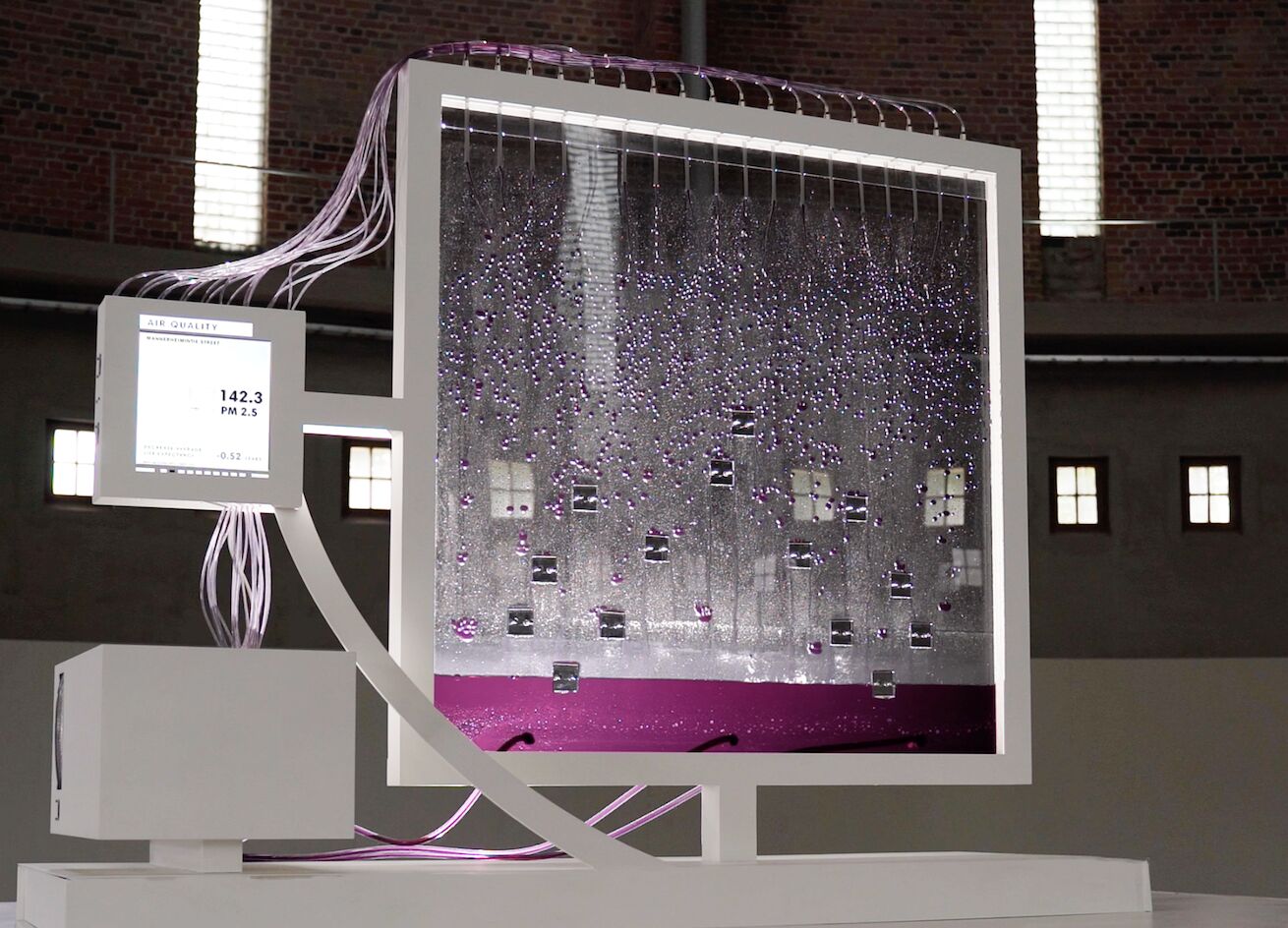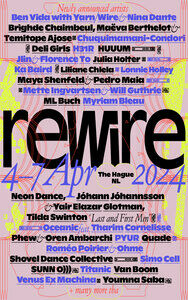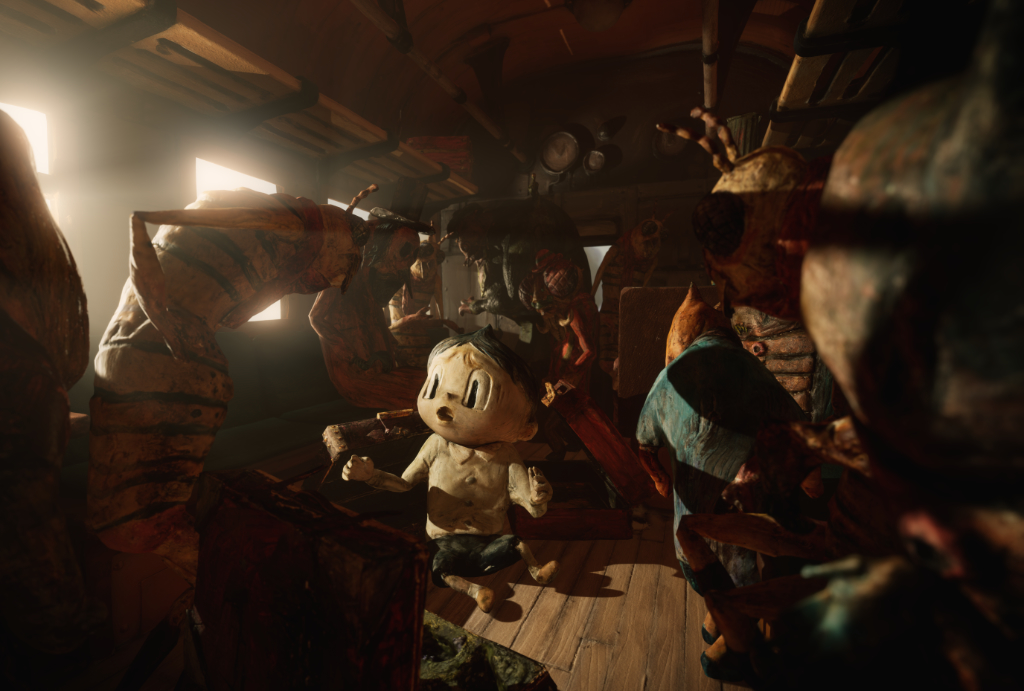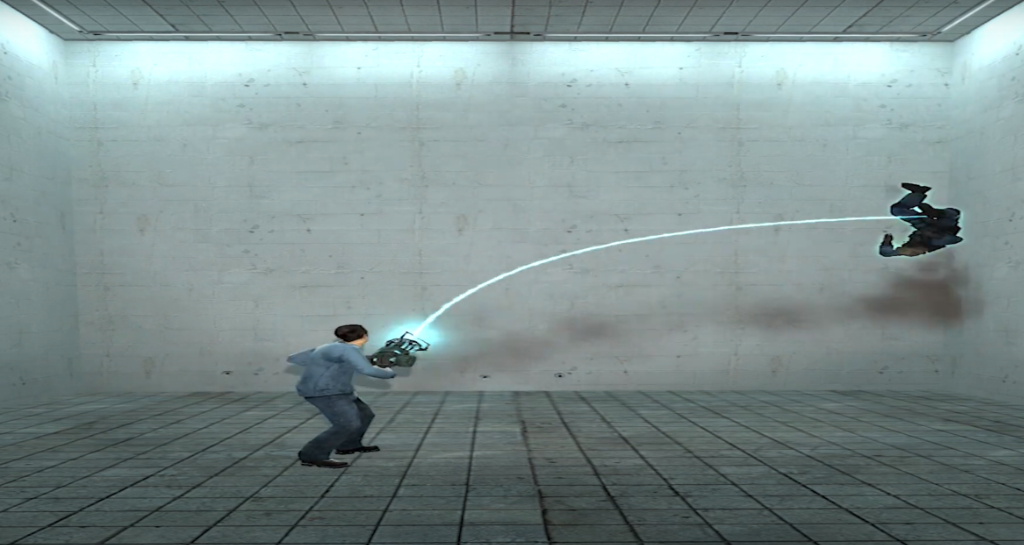Text by Belén Vera

A year marked by a significant proliferation of artistic projects in which the environment has been the main focus, climate imbalances have underscored the urgency of taking action in the face of a daunting panorama. Thijs Biersteker, one of the most conscious and prolific artists addressing the environmental crisis, has been working on this subject for several years.
The oeuvre of this eco-artist, in partnership with his studio Woven, encompasses the development of interactive installations that highlight the imminent environmental challenges confronting humanity. Through intimate collaborations with prestigious scientists and institutions, their joint efforts translate data gleaned from environmental research into immersive art installations. These creations serve as potent tools for comprehending the urgent state of our planet, fostering a deeper awareness of the environmental challenges that lie ahead.
Among the subjects he typically explores, climate change, air pollution, and biodiversity loss emerge prominently, transforming into tangible and easily comprehensible experiences that encourage social consciousness. This is a fundamental mission for the eco-artist who asks: If research does not reach us, then how can it teach us?
His artwork incorporates gadgets, sensors, data, and even living trees, along with data visualisations, recycled plastics, artificial intelligence, and plant intelligence. Notable collaborations include scientists from UNESCO, the Natural History Museum, ESA, Stefano Mancuso, and many others.
The year 2023 will go down as the year of consolidation for Thijs Biersteker. Not only did he participate in 12 exhibitions, but he also unveiled three new works that ventured into unexplored territory for his studio. Reflecting on this period, Biersteker noted, I realised that in the last year, there was a need for nuance and scientific facts to grab on. I also noticed that individualism is failing us to the edge of societal collapse. When we do not act on the climate data, we also see that the artistic output of individualism is slowly losing its traction.
His piece, GASP, aims to inform about air pollution through a magnifying glass that shows the invisible but dangerous particles in our atmosphere, which can have a great impact on the population’s life expectancy. By juxtaposing polluted environments with cleaner alternatives, the installation prompts viewers to contemplate the issue of pollution and its detrimental effects on human health.
With the fatal conclusion that every time we breathe on a contaminated planet, our time on this planet decreases. With Gasp, it was great to see the facts coming alive by measuring the air around people and relating them to their surroundings. Also, by visualising a nearby road and a nearby forest, air pollution becomes something personal. People really got shocked and they had a clear day to explain to their children about this issue.

Last year, Thijs Biersteker also unveiled the piece Fungal Faculty, a speculative creation that prompts us to reconsider our own intelligence. By showcasing both new and ancient forms of intelligence found in mycelia and plant networks, as well as artificial intelligence, the artwork encourages us to reassess our role in this world. Biersteker remarked I believe that by questioning our intelligence, we will realise that we have not made wise decisions during the brief time our species has existed.
This is not the first time that Biersteker tackles the issue of Amazon deforestation; he previously explored it with his piece Wither in 2021. In December 2023, Amazonium was presented at the UNESCO General Conference in Paris. This work addresses both deforestation and reforestation in the Amazon, responding dynamically to real-time data. Amazonium features an interactive sculpture composed of rainforest-shaped fabrics animated by data collected over the years.
These fabrics undulate, creating an immersive experience that transports the viewer into the lushness of the jungle. As the canvases are drawn back, the stark reality of deforestation becomes palpable. Amazonium is the collaborative creation of ecological artist Thijs Biersteker and scientist Paulo Eduardo Massoca of Indiana University Bloomington, developed under the auspices of UNESCO’s MAB program and supported by LVMH.
In 2024, Biersteker’s work continues to resonate with a growing audience, underscoring the increasing demand for environmental leaders, while the visual appeal of his artwork evolves and captivates viewers with each innovative creation.
I believe (admittedly, from a biased standpoint) that we are witnessing the emergence of a new artistic movement that I call Factualism, rooted in scientific data and aimed at eliciting emotional responses. It represents a new framework for addressing our rapidly changing reality, as art has the power to simplify complex issues.











